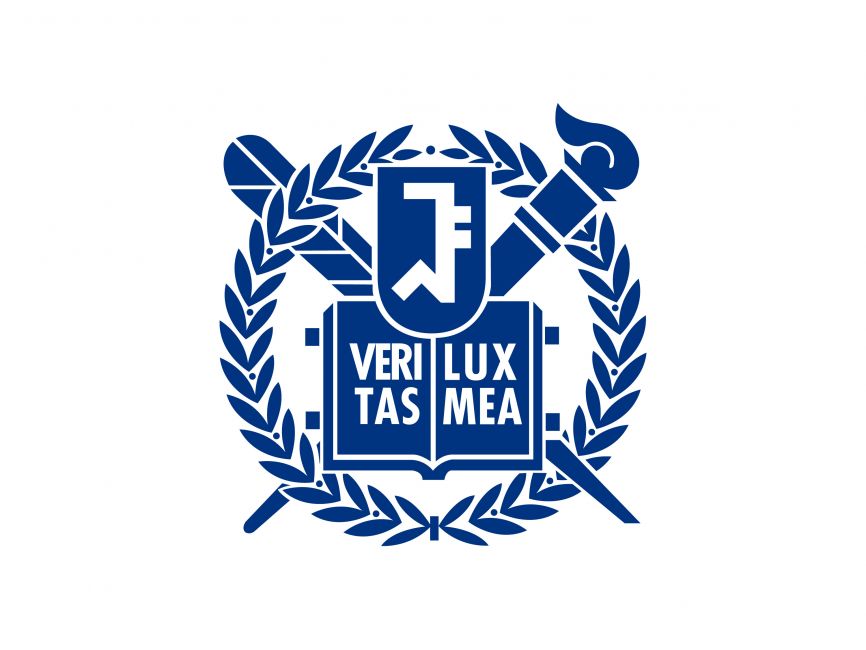VDT-Auto: End-to-end Autonomous Driving with VLM-Guided Diffusion Transformers
In autonomous driving, dynamic environment and corner cases pose significant challenges to the robustness of ego vehicle's decision-making. To address these challenges, commencing with the representation of state-action mapping in the end-to-end autonomous driving paradigm, we introduce a novel pipeline, VDT-Auto. Leveraging the advancement of the state understanding of Visual Language Model (VLM), incorporating with diffusion Transformer-based action generation, our VDT-Auto parses the environment geometrically and contextually for the conditioning of the diffusion process. Geometrically, we use a bird's-eye view (BEV) encoder to extract feature grids from the surrounding images. Contextually, the structured output of our fine-tuned VLM is processed into textual embeddings and noisy paths. During our diffusion process, the added noise for the forward process is sampled from the noisy path output of the fine-tuned VLM, while the extracted BEV feature grids and embedded texts condition the reverse process of our diffusion Transformers. Our VDT-Auto achieved 0.52m on average L2 errors and 21% on average collision rate in the nuScenes open-loop planning evaluation. Moreover, the real-world demonstration exhibited prominent generalizability of our VDT-Auto. The code and dataset will be released after acceptance.




